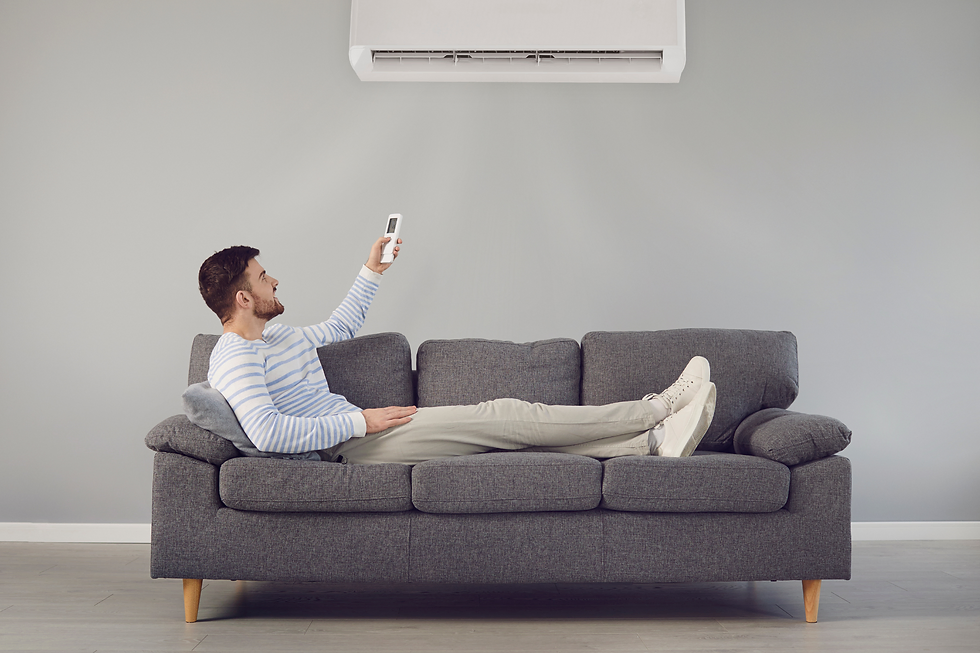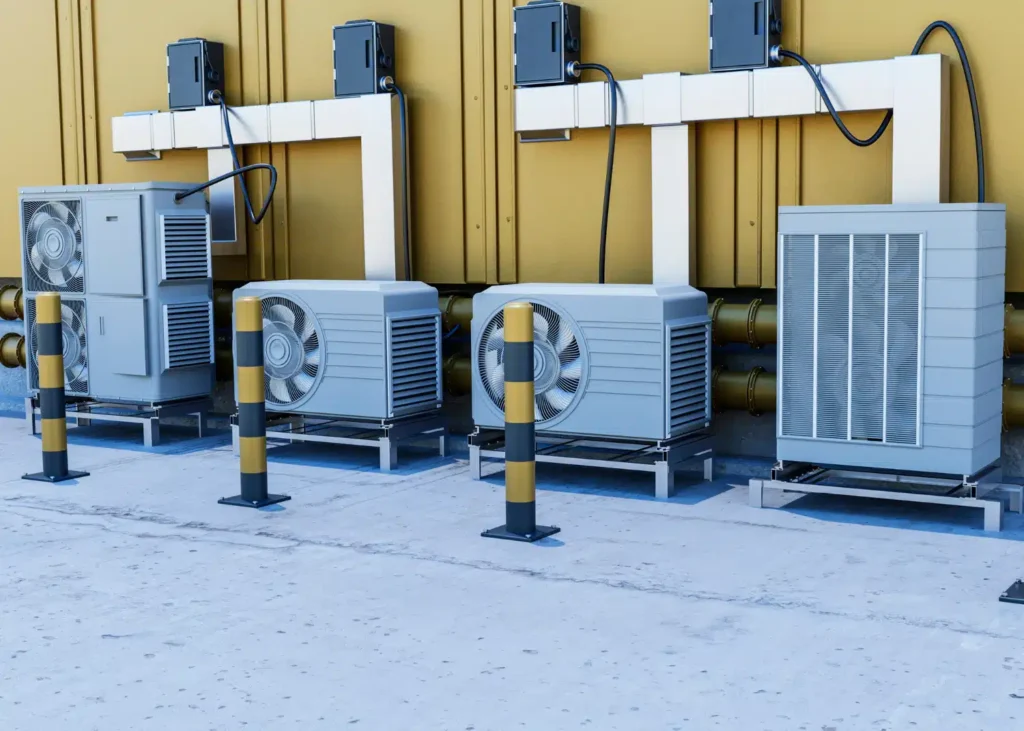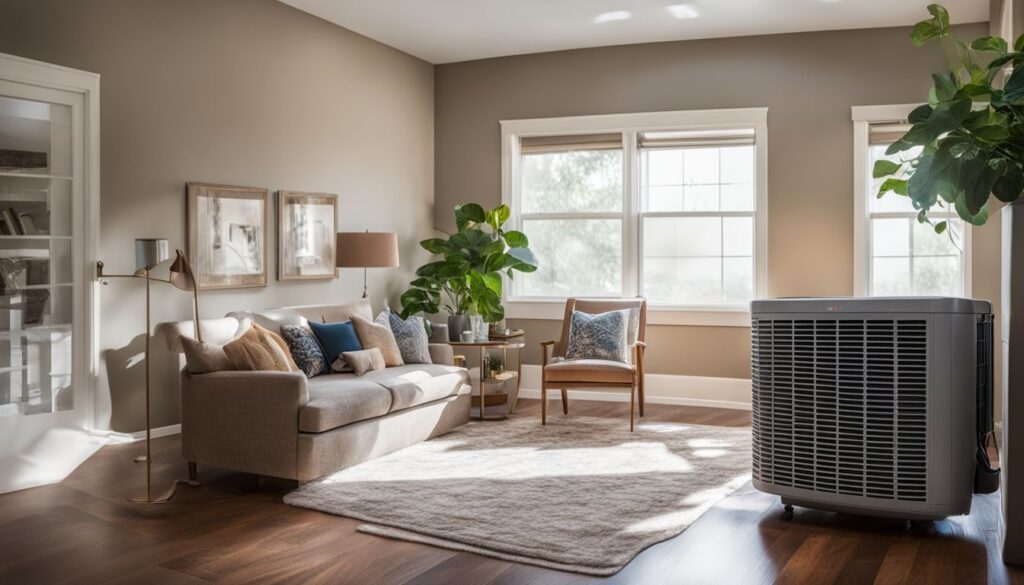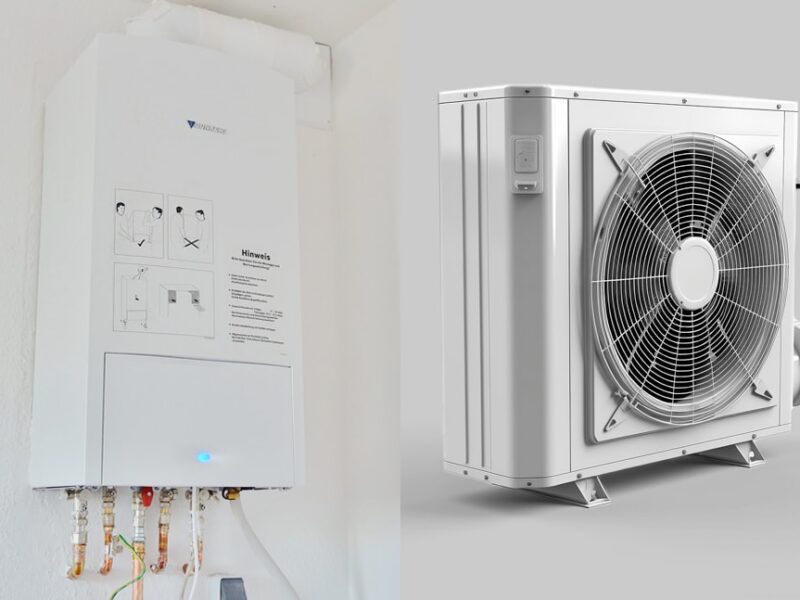Choosing the right air conditioner is vital for maintaining comfort, controlling energy costs, and reducing environmental impact. The key is to find a balance between energy efficiency and unit size that matches your home’s specific needs. This guide will help you understand how to determine the best air conditioner for your space based on room size, climate, and energy costs.
1. Understanding the Importance of Proper AC Sizing
The size of an air conditioning unit is one of the most critical factors to consider. An air conditioner that is too small will struggle to cool the space, while one that is too large will cycle on and off frequently, leading to inefficient operation and higher energy bills.
Why Proper Sizing Matters:
- Energy Efficiency: An appropriately sized unit will run at optimal performance, using energy more efficiently and reducing costs.
- Comfort: Correct sizing ensures that your AC provides consistent cooling without temperature fluctuations.
- Longevity: A properly sized air conditioner is less prone to wear and tear, extending its lifespan.

2. How to Determine the Right Size
Air conditioners are sized based on their cooling capacity, measured in British Thermal Units (BTUs). The required BTU rating depends on the size of the space being cooled.
General Guidelines for Room Size and BTUs:
- Up to 150 sq. ft.: 5,000-6,000 BTUs
- 150-300 sq. ft.: 6,000-8,000 BTUs
- 300-450 sq. ft.: 8,000-10,000 BTUs
- 450-550 sq. ft.: 10,000-12,000 BTUs
- 550-700 sq. ft.: 12,000-14,000 BTUs
- 700-1,000 sq. ft.: 14,000-18,000 BTUs
- Over 1,000 sq. ft.: Consider a central air system or multiple units.

Factors to Adjust BTU Needs:
- Ceiling Height: Higher ceilings require more cooling power.
- Sunlight Exposure: Rooms with large windows or south-facing exposures may need a higher BTU rating.
- Insulation Quality: Well-insulated spaces retain cool air more efficiently and may not require as high a BTU rating.
- Number of Occupants: More people in a room generate more heat and may necessitate a higher-capacity unit.
- Appliance Usage: Rooms with heat-producing appliances (like kitchens) may need more cooling power.
3. Evaluating Energy Efficiency
Energy efficiency in air conditioners is measured using the Seasonal Energy Efficiency Ratio (SEER) or Energy Efficiency Ratio (EER). The higher the SEER or EER rating, the more efficient the air conditioner.
Understanding SEER and EER:
- SEER (Seasonal Energy Efficiency Ratio): Measures an air conditioner’s cooling output during a typical cooling season, divided by the total energy input. Look for a SEER rating of at least 14 for a basic standard, with higher ratings offering better efficiency.
- EER (Energy Efficiency Ratio): Measures the efficiency of an air conditioner at a specific temperature, providing insight into its performance during peak cooling periods.
Energy Star Certification:
- Choose units with the Energy Star label, as these meet strict energy efficiency guidelines set by the Environmental Protection Agency (EPA). Energy Star units use significantly less energy than standard models and can save you money on energy bills over time.
4. Considering Your Climate
The climate you live in will affect your air conditioner’s performance and the energy costs associated with cooling.
Warm, Dry Climates:
- In arid climates, such as the Southwestern United States, consider evaporative coolers (swamp coolers) as an energy-efficient alternative to standard air conditioning units.
- For standard units, ensure the system has a high SEER rating to withstand prolonged use in high temperatures.

Warm, Humid Climates:
- In regions with high humidity, an air conditioner’s dehumidification capacity is essential. Choose units designed to remove moisture effectively while cooling.
- A high SEER rating is also important for efficient operation in prolonged, humid heat.
Mild Climates:
- If you live in an area with moderate summer temperatures, a unit with a mid-range SEER rating can provide sufficient efficiency without high upfront costs.
5. Calculating Energy Costs
Understanding potential energy costs helps determine whether investing in a higher-efficiency unit is worth it.
Energy Cost Estimation:
- Check the EER Rating: Multiply the cooling capacity (in BTUs) by the EER rating to estimate energy consumption.
- Estimate Annual Operating Costs: Use online calculators or formulas that take your local electricity rate and average usage hours into account.
- Higher SEER Savings: While units with a higher SEER rating have a higher initial cost, the energy savings over time often justify the expense.
6. Additional Features to Consider
Beyond size and efficiency, consider the following features to enhance comfort and convenience:
- Programmable Thermostats: Allow for scheduling cooling times to reduce energy consumption when not needed.
- Smart Connectivity: Wi-Fi-enabled units can be controlled remotely, allowing for precise adjustments and monitoring.
- Variable-Speed Compressors: Enable the unit to adjust its cooling capacity, offering more consistent temperatures and better energy efficiency.
Conclusion
Choosing the right air conditioner requires evaluating several factors, including the size of your space, energy efficiency ratings, climate, and potential energy costs. By selecting an appropriately sized unit with a high SEER rating, you can ensure your home stays comfortable while controlling energy expenses. For optimal results, consult with a professional HVAC technician to help you assess your home’s cooling needs and choose the best unit to suit your requirements.


